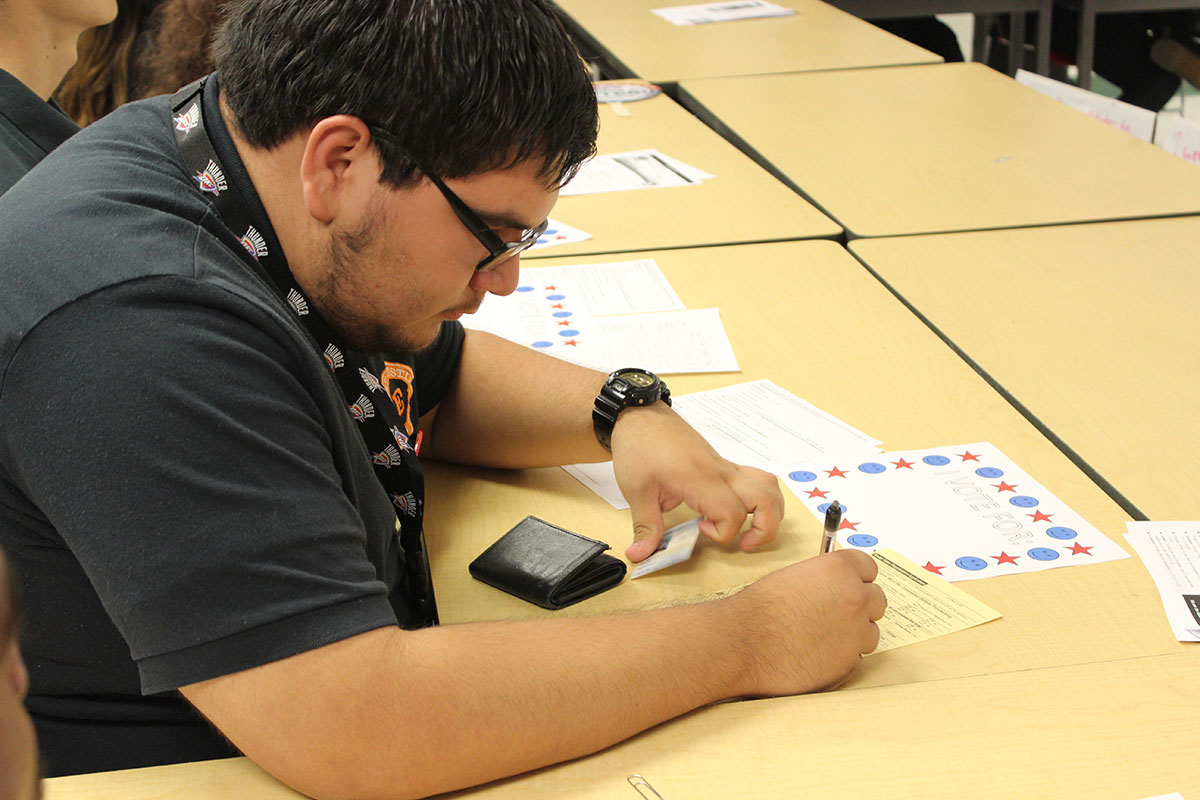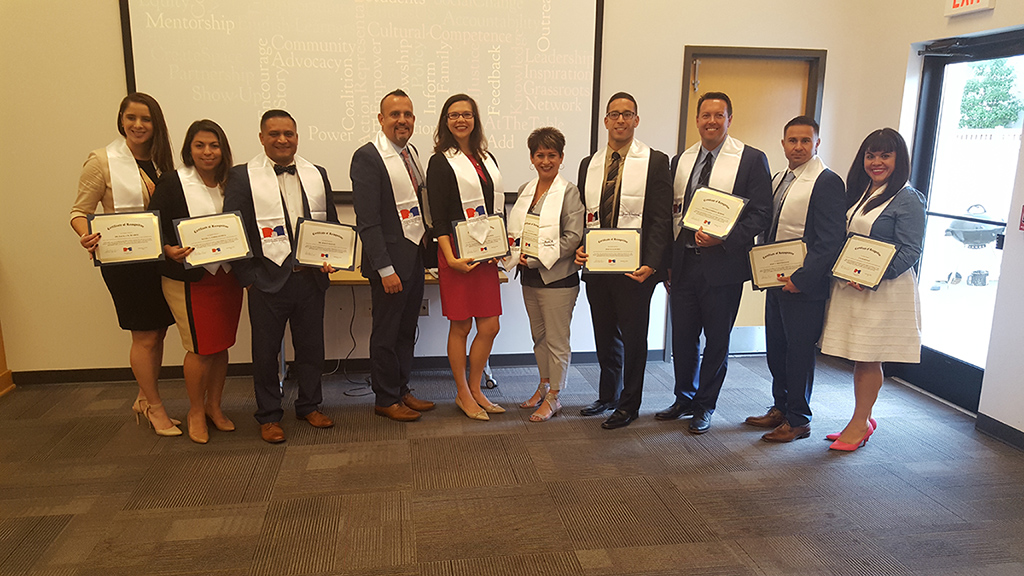Are States Making Sure Latino Kids Count?
This week, states submit their final plans to the Department of Education about how they’ll measure student success based on rules set in the Every Student Succeeds Act, or ESSA. The measurements provide data that affect major issues like school funding and allocating other resources. Today, a panel discussed how states have developed plans that address some of the unique barriers facing students of color and English learners.
One of the major victories when ESSA passed in 2015 included federal regulations that states would have to measure the success of English learners, students of color, students with disabilities, and other historically overlooked groups. Congress later weakened those regulations, giving states more flexibility in choosing how to measure schoolwide success, meaning those students could be overlooked again.
Keep up with the latest from UnidosUS
Sign up for the weekly UnidosUS Action Network newsletter delivered every Thursday.
‘Can’t change what you don’t measure’
Despite a federal plan to measure the success of underrepresented students, some states didn’t include those measurements when developing their own plans, or lumped all of those diverse groups into a single set, called a supersubgroup.
“You can’t change what you don’t measure,” said Susie Saavedra, Senior Director of Policy and Legislative Affairs for the National Urban League. When states don’t pay specific attention to how Black and Latino students achieve, there’s no way for the schools to know what issues the students face and no way to address those issues with any kind of strategy.

And while some states are including measurements for how well English learners are doing, many of them aren’t sure what to do with the information. “You see a lot of TBDs” in the plans, said Lorén Trull, UnidosUS Senior Education Policy Advisor.
Trull identified a few weak points that are trending across states, including measurement systems that aren’t accessible for parents, and inconsistent definitions of an “underperforming” student.
What success looks like on the ground
“We can talk about policy all we want to, but it doesn’t mean anything if it doesn’t lead to change,” said Alexandra Hernandez, a principal at a high school in New York City. She added that policy is often nebulous for practitioners, a barrier that the National Institute for Latino School Leaders addresses. Hernandez is a former fellow of the institute.
“As a high school principal, success is about graduation and attendance. Those are the indicators I look at every day,” she added.
To keep teachers, principals, and everyone else informed about breaking education news, we developed Progress Report, an education news site that gets the story out on Latinos in education, as well as resources for teachers and ed advocates.

